This image shows both a visible and a thermal infrared image taken by the thermal emission imaging system on NASA's 2001 Mars Odyssey spacecraft on November 2, 2001. The visible wavelength image, shown on the right in black and white, was obtained using one of the instrument's five visible filters. The spacecraft was approximately 22,000 kilometers (about 13,600 miles) above Mars looking down toward the south pole when this image was taken. The thermal infrared image, center, shows the temperature of the surface in color. The circular feature seen in blue is the extremely cold Martian south polar ice cap. The instrument measured a temperature of minus 120 degrees Celsius (minus 184 degrees Fahrenheit) at this ice cap.
Click on image for full size
NASA/Jet Propulsion Laboratory/Arizona State University
Mars Odyssey
The Mars Odyssey was launched April 7, 2001, from Florida. After a six-month, 285 million-mile journey, the Odyssey arrived at Mars on October 24, 2001. The Odyssey is in its aerobraking phase right now. After about 3 months of aerobraking, the final science orbit should be achieved and the real science of the mission will start!
The Odyssey is carrying a gamma ray spectrometer (GRS). The GRS onboard the Mars Odyssey will help detect the presence of water on the surface of Mars. The GRS will also measure the abundance and distribution of about 20 elements of the periodic table, including silicon, oxygen, iron, magnesium, potassium, aluminum, calcium, sulfur, and carbon at the surface of Mars.
Other instruments onboard the Odyssey include the Thermal Emission Imaging System (THEMIS) and the Mars Radiation Environment Experiment (MARIE). MARIE will investigate the amount of radiation present at and around Mars. This would be important information to know if humans were to colonize Mars. THEMIS is a camera system that will study the Martian surface in both visible and infrared light and will help determine
what minerals are present.
Other than our Moon, Mars has attracted more
spacecraft than any other object in the solar system. Of course, no
other solar system object has been as hard to visit! Of the 30
missions sent to Mars by three countries over 40 years, less
than one-third have been successful.
You might also be interested in:

How did life evolve on Earth? The answer to this question can help us understand our past and prepare for our future. Although evolution provides credible and reliable answers, polls show that many people turn away from science, seeking other explanations with which they are more comfortable.
...more
Minerals of a planet's surface, and molecules of an atmosphere give off light of various colors. Some rocks emit more light in the blue end of the spectrum than the red, and so on. These colors are very
...more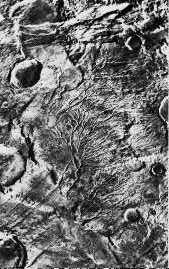
There seems to be no running water on the surface of Mars today even though there is evidence for running water, including river channels such as those shown here, and there are frozen, icy polar caps.
...more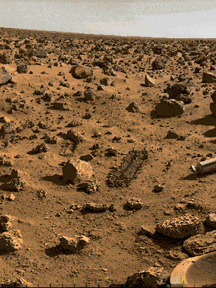
The uniquely red global surface of Mars is marked by many interesting features - some like those on the Earth and others strangely different. The reddish color is caused by rust (iron oxide) in the soil.
...more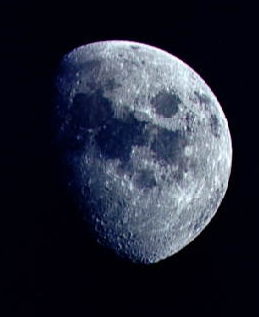
The Earth's one natural satellite, the Moon, is more than one quarter the size of Earth itself (3,474 km diameter). Because of its smaller size, the Moon's gravity is one-sixth of the Earth's gravity,
...more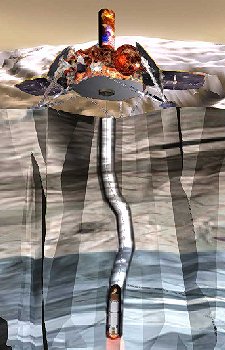
43 Scout missions were proposed to NASA. 10 were selected. These 10 are competing to see which missions will be included as future Scout missions to Mars. May the best robots, gliders, rovers, orbiters
...more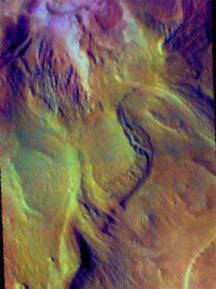
Researchers examining data from the Odyssey spacecraft have interesting news about water and rocks of the red planet, Mars. In mid-October the researchers had a chance to look for ice in the soil at the
...more
The Mars Observer set out to observe the atmosphere , magnetic field, and surface of Mars. It carried with it 8 instruments. However, the Mars Observer (called MO for short) failed on August 21, 1993,
...more















